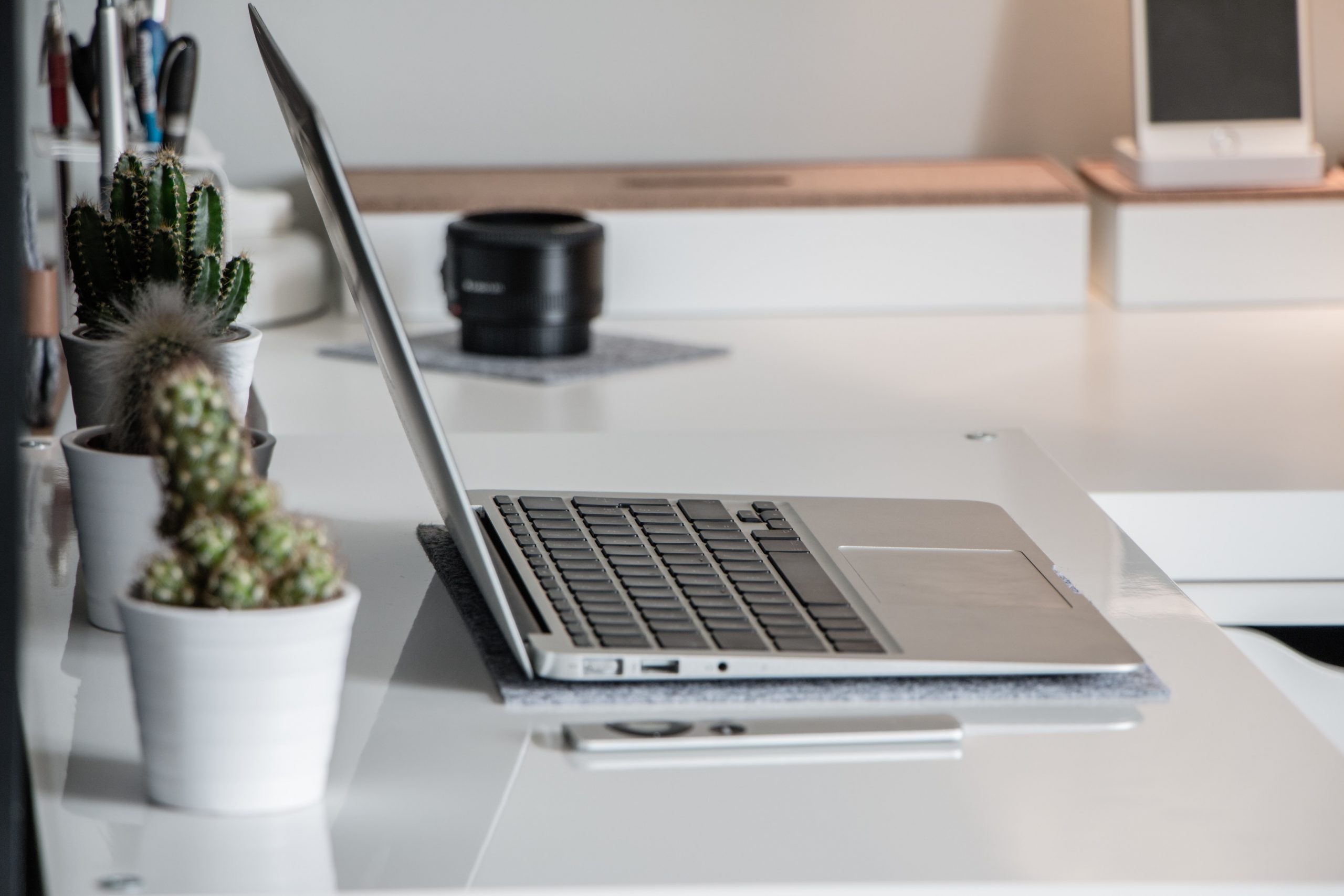Many of us are still adjusting to working from home during these uncertain times. If you’ve been making the daily commute from your bed to your computer for a while now, you’ve likely picked up on how important it is to design a home office or space that encourages you to be productive. For most, the perfect home office is one that is comfortable, but not too comfortable that you forget to make work a priority!
The goal is to create a space and routine that feels somewhat normal amid all the chaos. In fact, some research has shown that working from home can result in greater productivity.
If you find that research hard to believe because your current home office setup is just not helping you get into work mode, read below for some helpful tips:
1. Separate the space
A great home office doesn’t need its own room or even a desk. A designated seat at your dining room table or kitchen island will do just fine as long as you keep the area tidy. Once you’ve declared an area of your home to be your office, stick with it! This encourages your brain to transfer from “home” mode to “work” mode daily when you sit in the seat.
2. Design and organize
While designing and organizing your workspace, keep in mind the old rule, “a place for everything and everything in its place”, which was coined to relieve stress. You can start with small initiatives like trying to only have essentials at your desk to avoid clutter and distractions. Besides improving work performance, eliminating messes may leave you feeling less frustrated, more relaxed and in turn more productive.
3. Think about your health
Your health, safety, and welfare are critical, especially during these difficult times. The items you choose for your work area should be ergonomically designed to promote your health and well-being. If you work in front of a computer and usually sit all day, take some time to research and consider updating your desk chair to a supportive model that will protect your back; or invest in a standing desk. Being comfortable will ultimately help you stay more focused and productive.
4. Set a schedule
Similar to creating separate spaces for your working and non-working hours, split up your time in a similar way. It can be challenging to know when to stop working since you aren’t leaving an office to go home. Yet, whenever possible, stick to your normal work hours. Working too many long hours without a set schedule can lead to burnout and negatively impact sleep habits, health, and productivity.
Have you implemented any of the above home office productivity tips or have other tips that you found to be helpful? We want to hear from you in the comments below!

Comments: